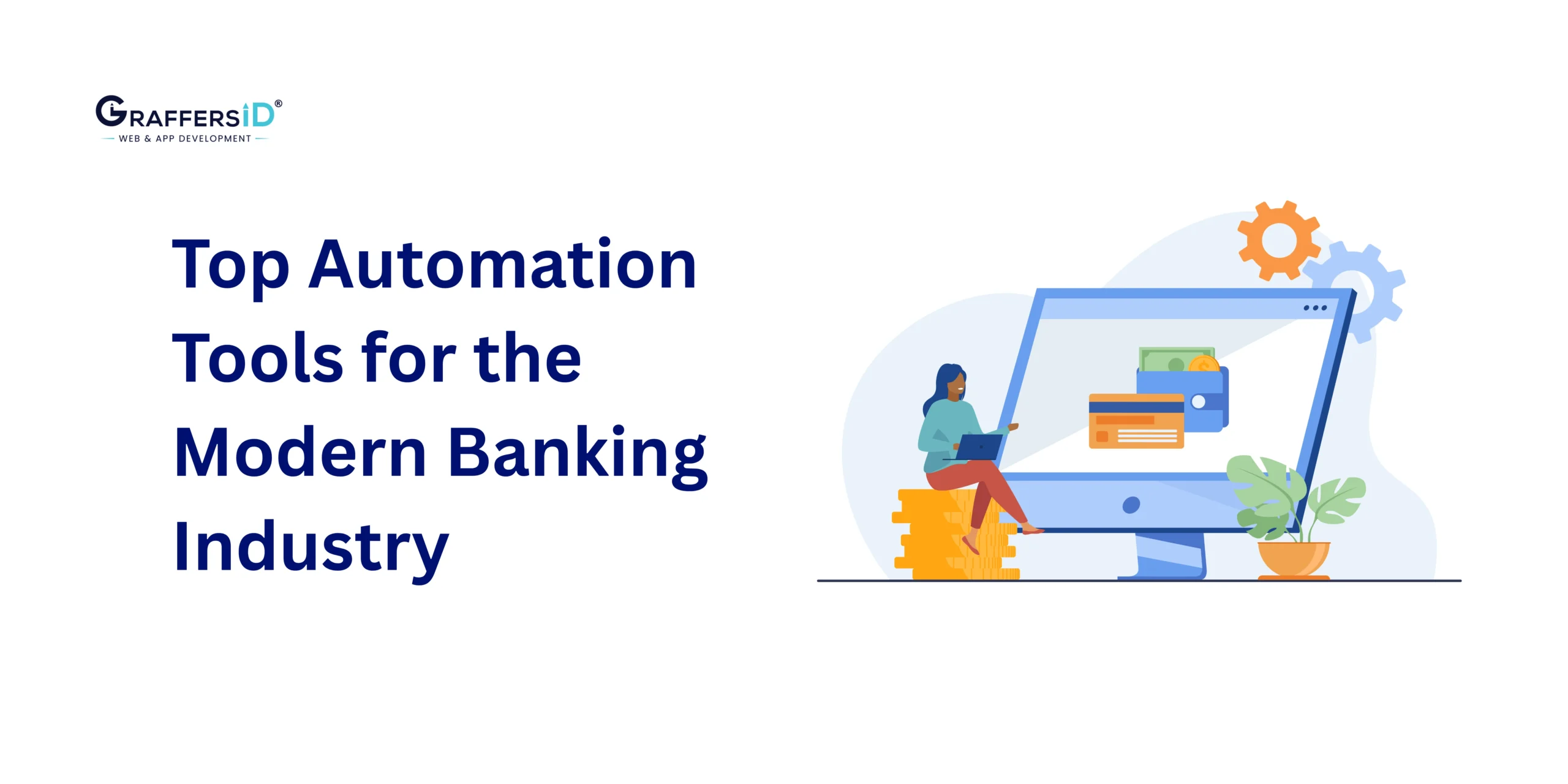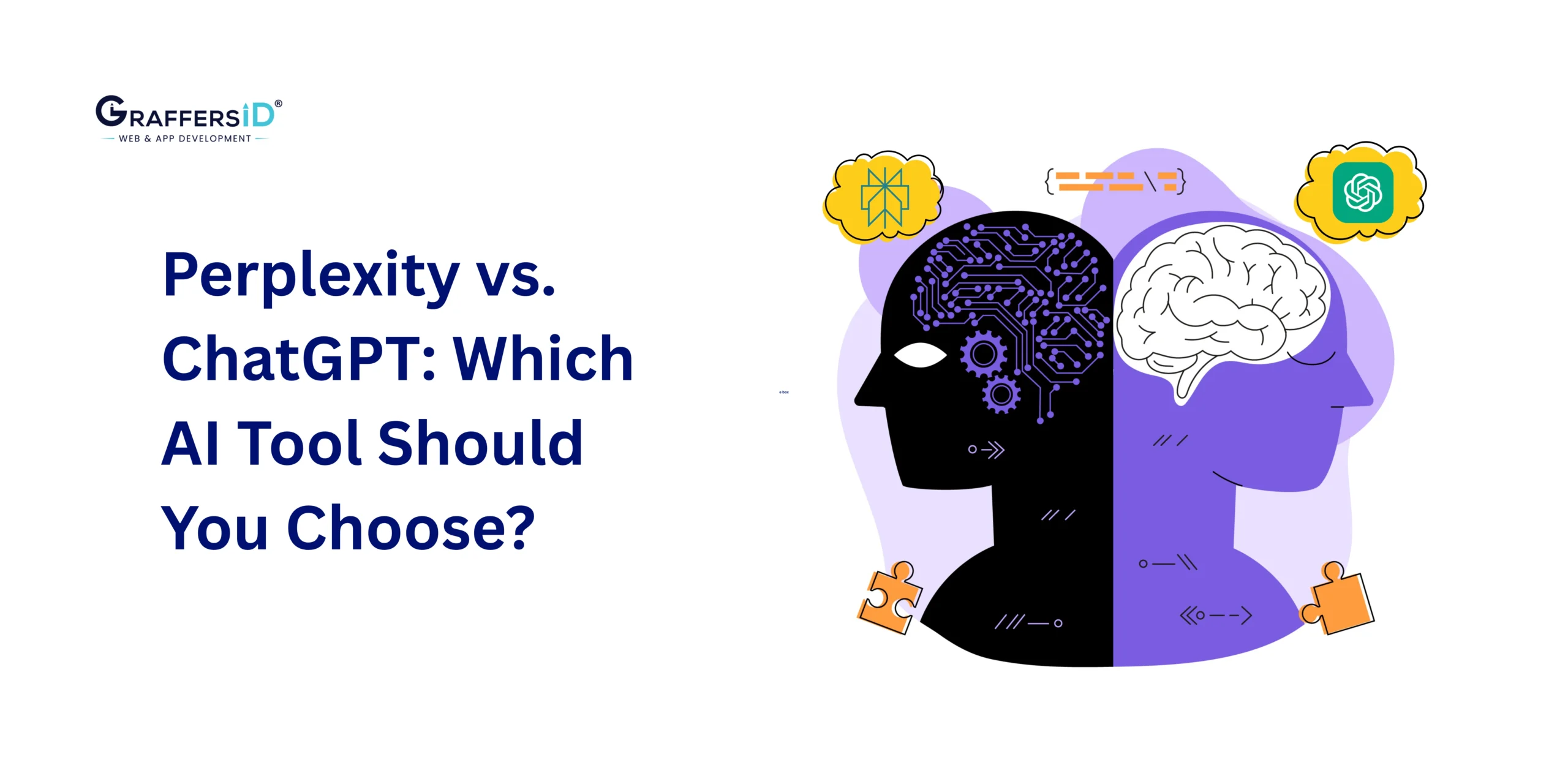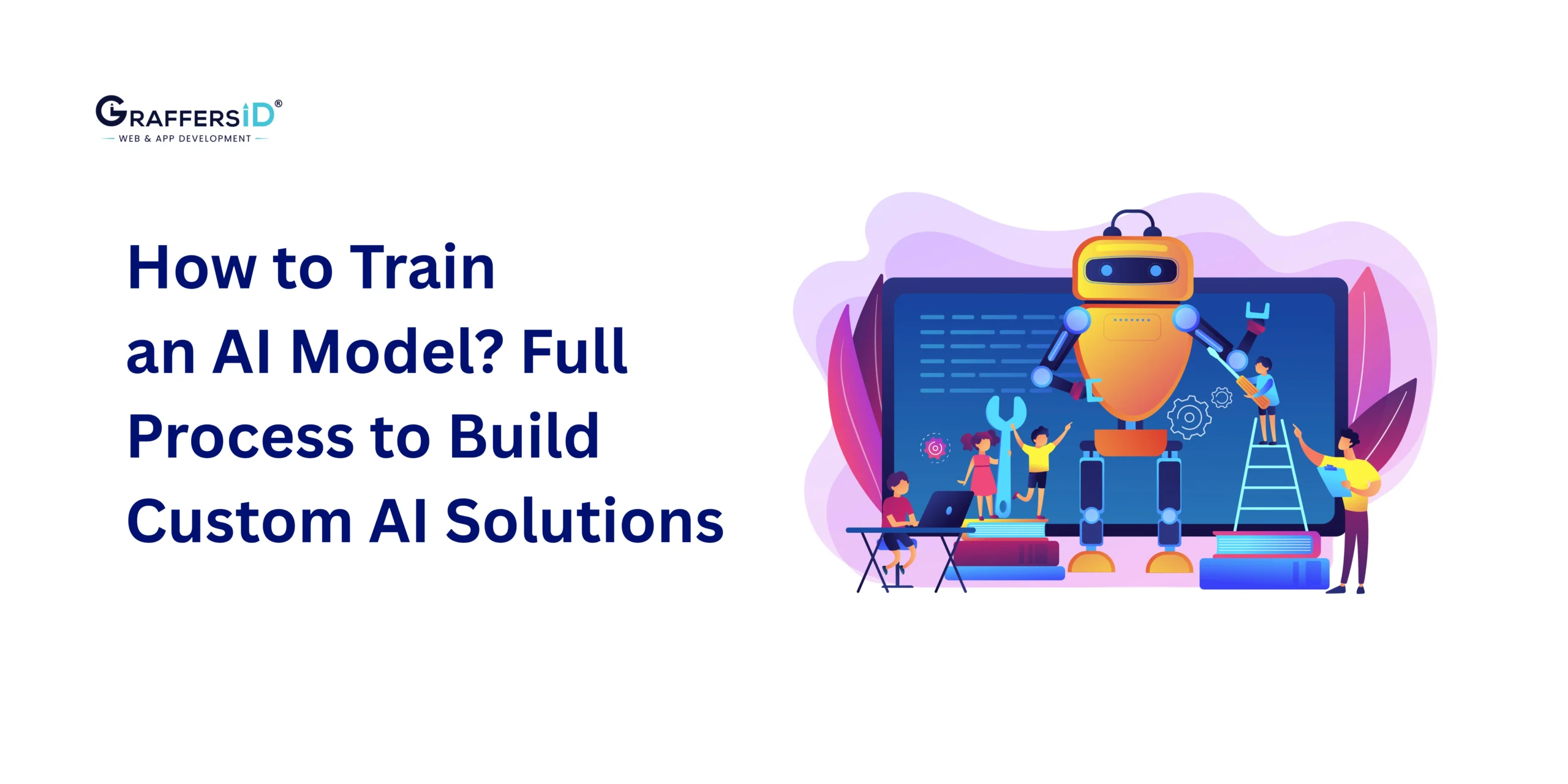In today’s AI-powered world, banks that don’t automate are falling behind. Imagine slashing loan approvals from days to just one hour, cutting labor costs by up to 40%, and boosting fraud-detection accuracy, all in real time.
As McKinsey estimates, about 43% of banking processes are ripe for automation. Tools like BlackLine, Selenium, Activepieces, and MuleSoft aren’t just digital upgrades; they’re game changers.
This guide dives into the five most powerful automation platforms transforming banking in 2026. Expect insights on how each tool accelerates workflows, tightens compliance, and elevates customer experience.
What are the Finance Automation Tools for 2026?
Banking technology has evolved significantly, with financial automation software now vital for operational excellence. Modern banks use intelligent automation (IA), which combines AI, ML, and RPA to handle everything from basic tasks to complex operations.
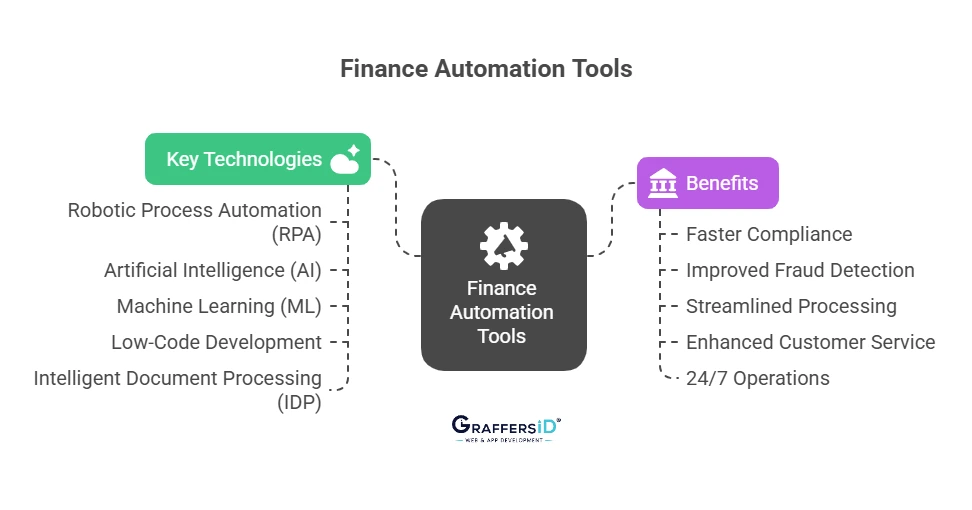
Key Technologies Driving Change
- Robotic Process Automation (RPA): Automates repetitive tasks like onboarding and compliance checks
- Artificial Intelligence (AI): Improves predictions and enables customized financial advice at scale
- Machine Learning (ML): Spots patterns and enhances predictive capabilities
- Low-Code Development: Builds applications faster with minimal coding
- Intelligent Document Processing (IDP): Uses OCR + AI to read, sort, and process documents
Read More: How to Build an AI Agent in 2026: A Strategic Guide for CTOs and Tech Leaders
Benefits of Automation in Banking
- Faster KYC and AML compliance with keystroke-level auditing
- Improved fraud detection with real-time monitoring
- Streamlined loan and mortgage processing
- Enhanced customer service via AI chatbots
- 24/7 operations with digital workers that never need breaks
5 Leading Banking Automation Tools in 2026
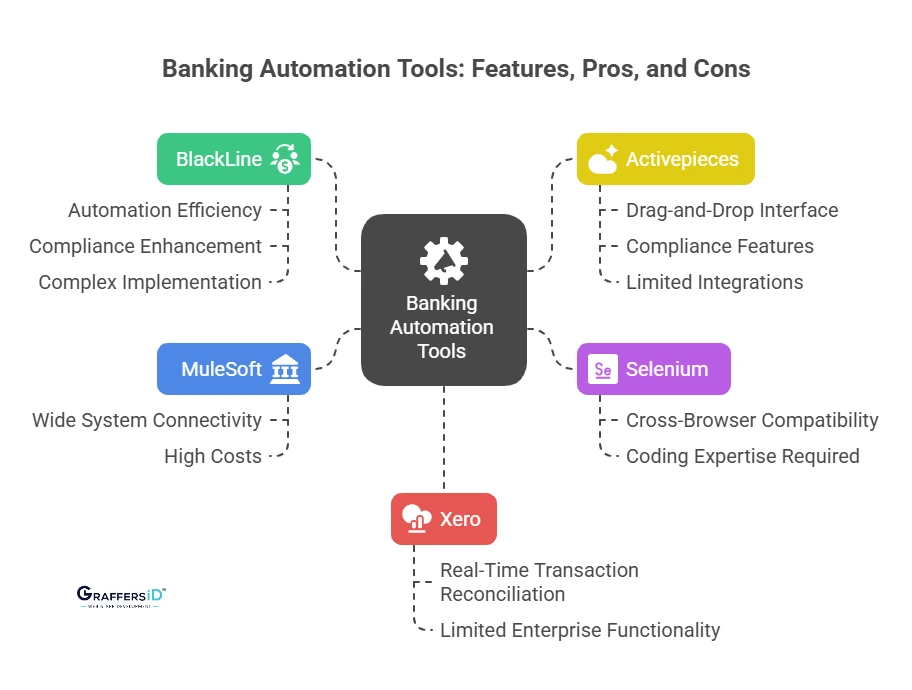
1. BlackLine
Overview
BlackLine is a cloud-based automation platform for accounting and finance, trusted by over 600 financial institutions. It focuses on automating time-consuming processes such as:
- Account reconciliations & transaction matching
- Journal entry automation
- Financial close management
- Intercompany accounting
- Cash flow optimization
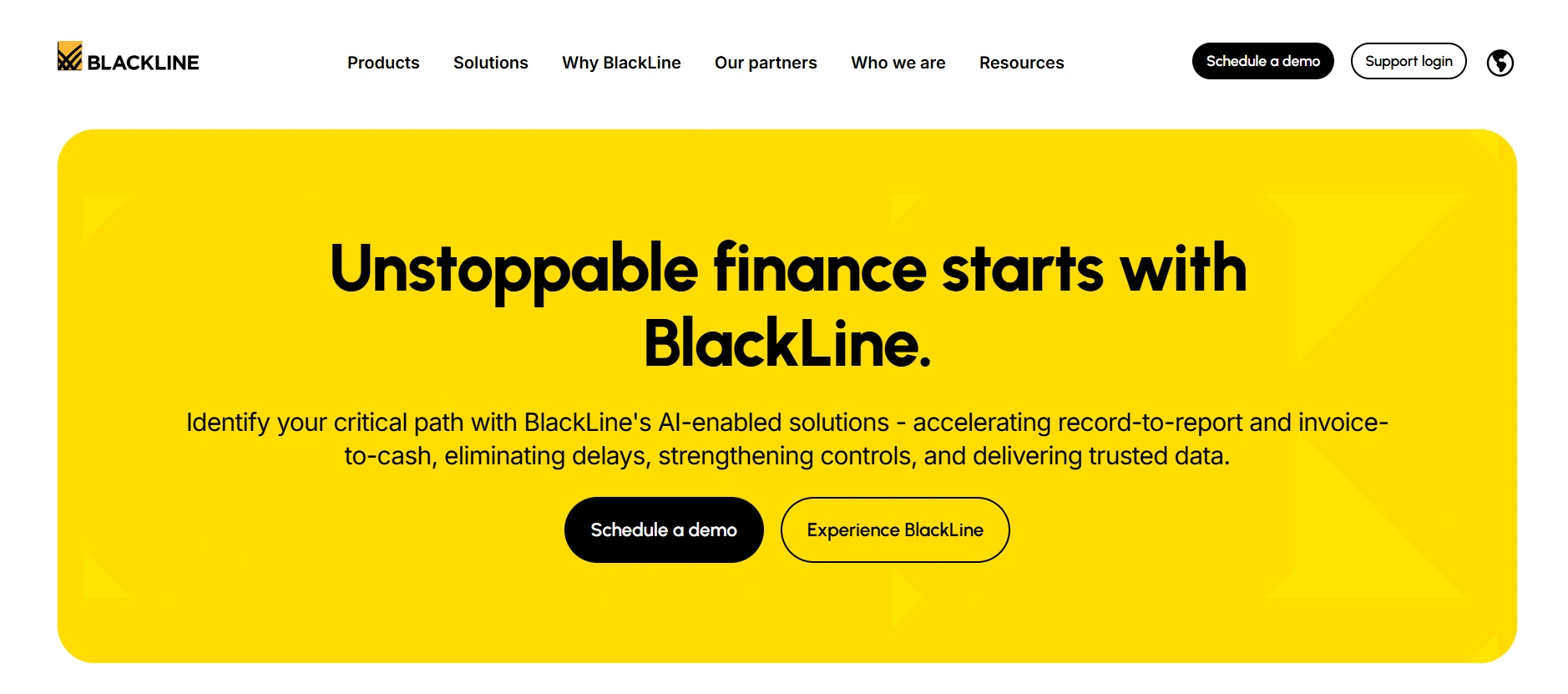
Pros
- Automation efficiency: 10x productivity (Sound Community Bank)
- Strong ROI: 61% annual ROI (Atlantic Union Bank)
- Compliance enhancement: Built-in controls for regulatory standards
- Integration: Works with SAP, Oracle, and NetSuite
Cons
- Complex implementation & configuration
- Learning curve for new users
- High costs for smaller banks
- Often requires dedicated admin support
Pricing
Subscription-based, with costs depending on:
- Subscription tiers
- Module selection
- User licenses
Additional costs: implementation, configuration, data migration, and training.
Best Use Case
Medium to large financial institutions with complex accounting needs, multi-entity operations, and high transaction volumes.
2. Selenium
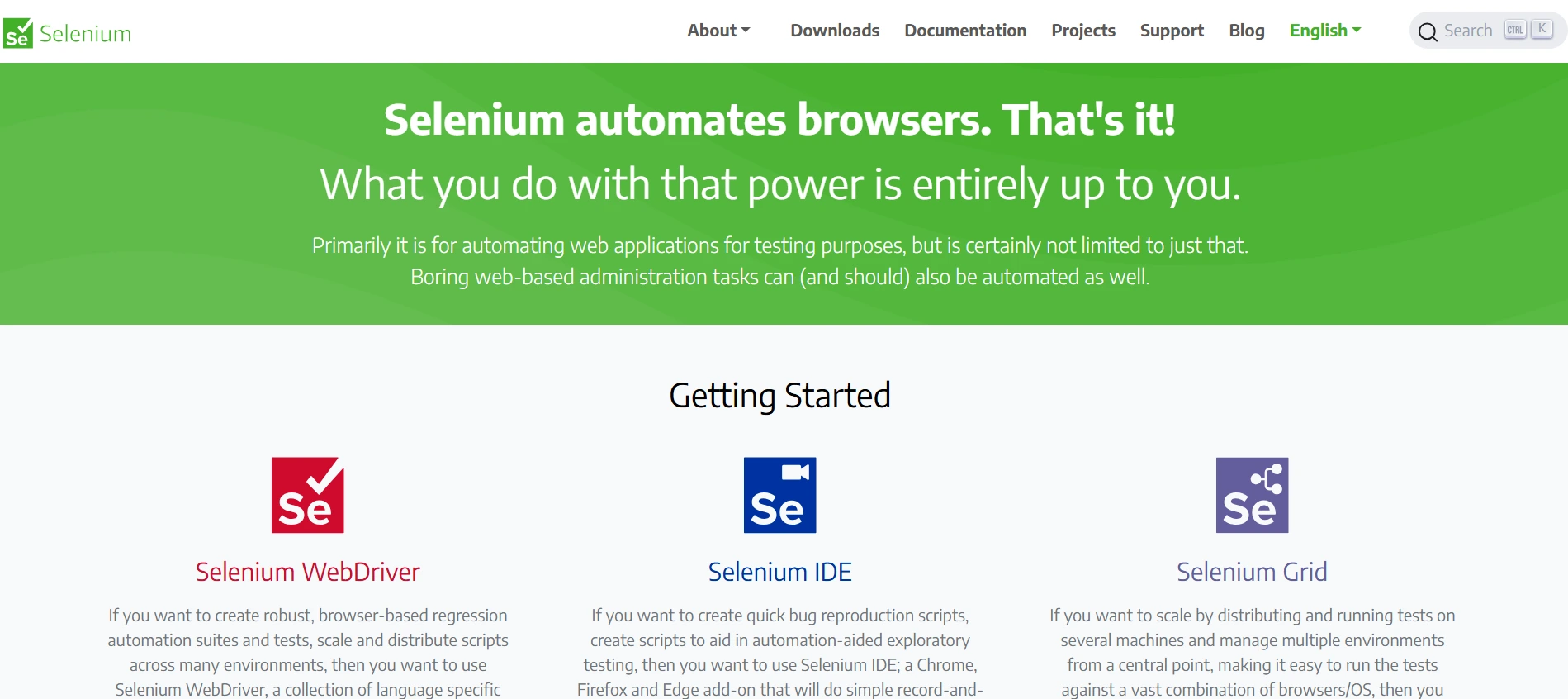
Overview
Selenium is an open-source automation framework widely used in banking for application testing. Financial institutions use Selenium to automate critical test scenarios, including user authentication flows, transaction processing workflows, and compliance verification processes.
The framework excels at simulating real user interactions with banking interfaces, making it particularly valuable for ensuring application reliability. Its key capabilities include:
- Account login and authentication testing
- Payment processing validation
- Multi-step transaction workflows
- Cross-browser compatibility verification
- Regression testing for system updates
Pros
- Free, open-source
- Cross-browser & cross-platform
- Flexible language support
- CI/CD pipeline integration
- Parallel testing with Selenium Grid
- Large community support
Cons
- Requires coding expertise
- High setup & maintenance effort
- No built-in reporting
- Limited to web applications
- Test stability issues with modern frameworks
Pricing
Free tool but hidden costs:
- Training time & salaries (~$95k/yr for engineers)
- Infrastructure setup for Selenium Grid
- Test maintenance overhead
Best Use Case
Medium-to-large banks with strong QA teams, ideal for regression testing, CI/CD integration, and complex banking workflows.
3. Activepieces
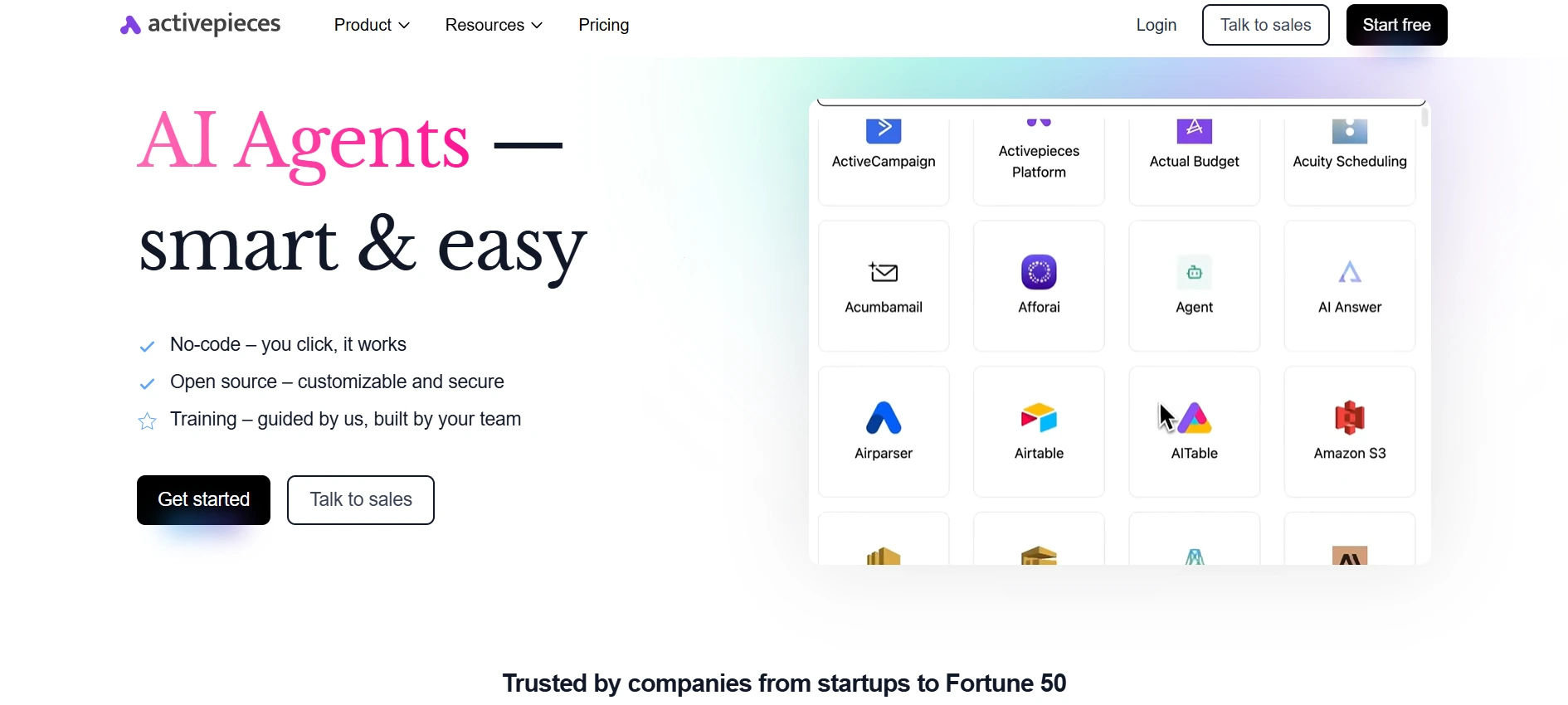
Overview
Activepieces is an open-source AI-driven automation platform with strong compliance features (SOC 2 Type II, GDPR). It supports cloud or on-premise deployment, giving banks full data control.
The platform democratizes automation through its no-code, drag-and-drop interface. Your compliance team can build KYC workflows, loan officers can automate document processing, and customer service representatives can create transaction alert systems, all without writing a single line of code. Its key features are:
- Drag-and-drop workflow builder
- 379+ integrations
- AI-powered OCR for document reviews
Pros
- Open-source & customizable
- On-premise deployment for sensitive data
- Easy-to-use drag-and-drop workflows
- Strong compliance & security framework
- Unlimited tasks on higher plans
Cons
- Fewer integrations vs Zapier
- Documentation gaps for complex banking use cases
- Stability issues (early development stage)
- Limited support resources
Read More: Agentic AI vs. Generative AI: Key Differences CTOs Must Know in 2026
Pricing
- Free plan: 1,000 tasks/month
- Plus ($25/month): Unlimited tasks, 10 flows
- Business ($150/month): 50 flows, API access, multi-user
- Enterprise: Custom pricing with dedicated support
Best Use Case
Banks need strict compliance and innovation, especially for:
- Document-heavy processes
- Secure customer onboarding
- AI-powered transaction monitoring
4. MuleSoft
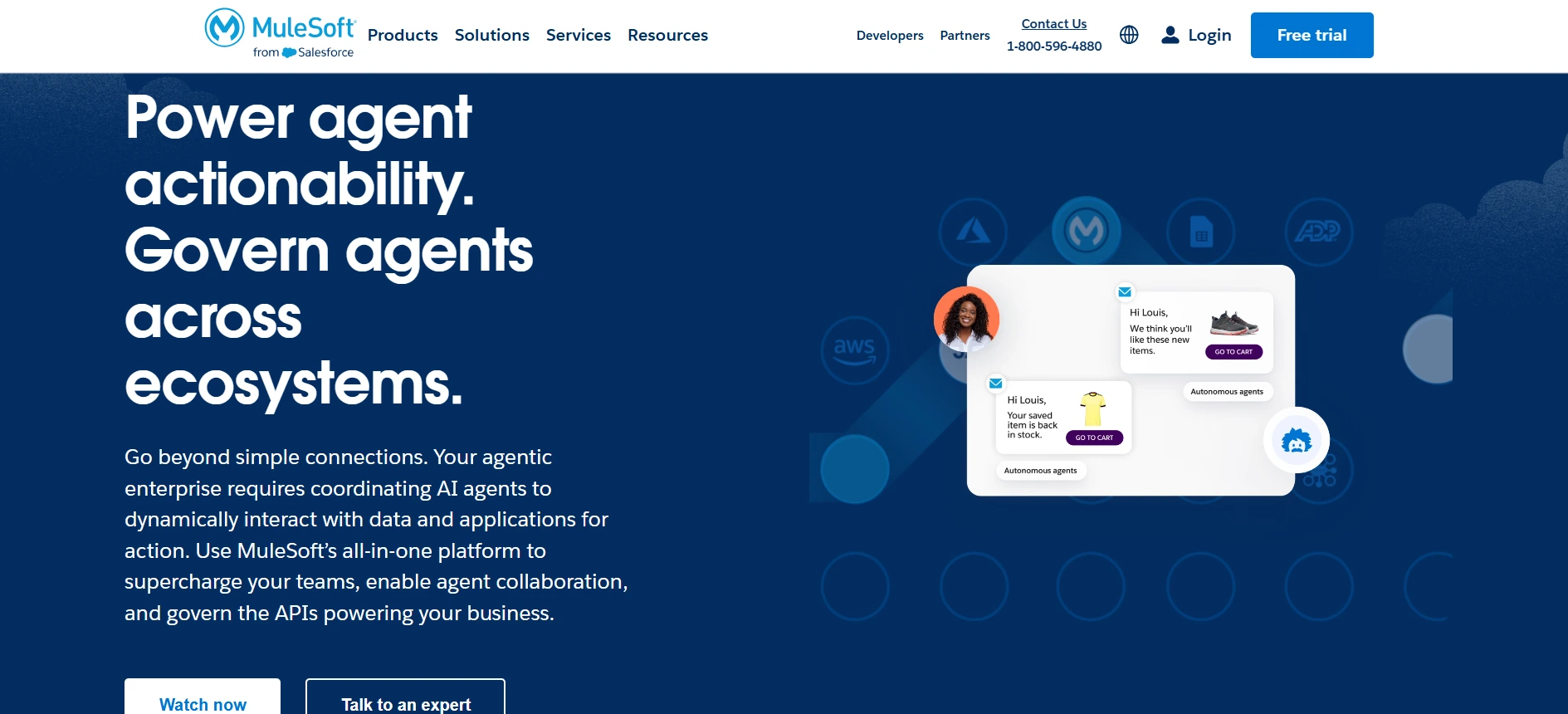
Overview
Banking’s biggest challenge isn’t processing transactions or managing customer data, it’s getting all these systems to talk to each other. Owned by Salesforce since 2018, MuleSoft functions as a central integration hub that connects applications, systems, and data sources across banking organizations.
The platform excels through its API-led connectivity approach, simplifying how banks expose and manage data integration from diverse systems.
Examples of integrations:
- Temenos onboarding platforms
- Salesforce Financial Cloud
- Core banking systems
- Credit bureaus & document management systems
Pros
- Wide system connectivity
- Centralized hub for data orchestration
- Strong compliance (GDPR, PCI, ISO 27001)
- Cloud, hybrid, or on-premise deployment
- Live monitoring & analytics
Cons
- Very expensive
- Steep learning curve
- Limited support for complex setups
- Connector stability issues
Pricing
Custom quotes depend on:
- Usage capacity (Mule Flow & Mule Message)
- Tier: Starter, Advanced, API Management
- Add-ons: automation credits, premium support
Best Use Case
Large financial institutions with complex integration needs, especially for:
- Customer onboarding
- Lending workflows
- Wealth management systems
5. Xero
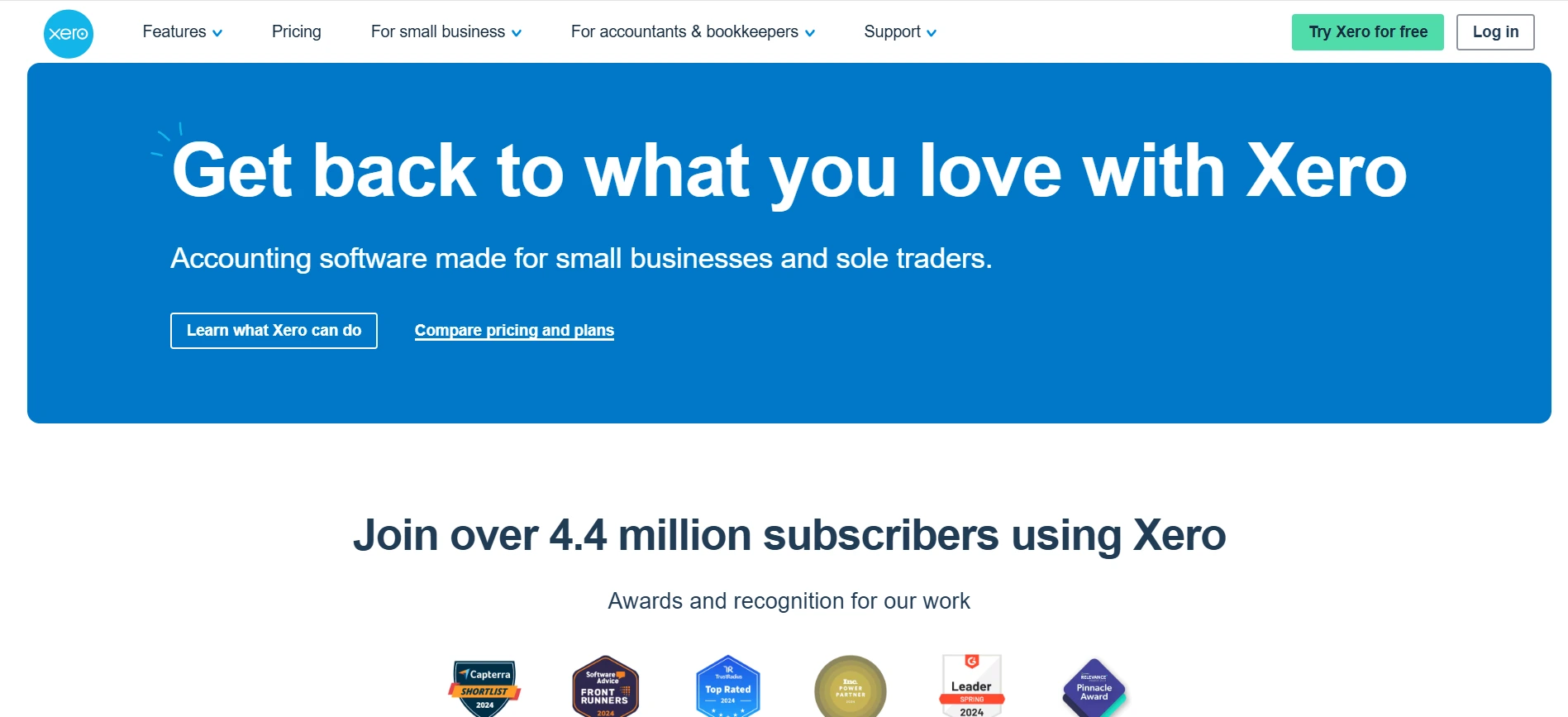
Overview
Xero is a cloud-based accounting automation platform widely adopted by small to mid-sized banks, credit unions, and financial service providers. Known for its real-time financial visibility and compliance-ready reporting, Xero automates day-to-day accounting tasks while integrating seamlessly with banking systems.
Its open API ecosystem (over 1,000+ integrations) makes it especially effective for banks looking to connect customer transactions, reconcile payments, and generate compliance reports without heavy manual intervention.
Key capabilities include:
- Automated bank feeds & transaction reconciliation
- Real-time financial reporting dashboards
- AI-powered expense categorization
- Multi-currency support for international operations
- Built-in payroll and invoicing automation
Pros
- Real-time transaction reconciliation with direct bank feeds
- Built-in tax filing, audit trails, and financial reporting
- 1,000+ third-party apps, including CRMs, POS, and lending tools
- Intuitive UI with minimal learning curve for finance teams
- Supports both SMBs and mid-sized banking institutions
Cons
- Limited enterprise-grade functionality compared to SAP or Oracle
- Relies heavily on internet connectivity (cloud-only solution)
- Higher costs for add-ons (payroll, advanced reporting)
- Customer support can be slow for complex integration issues
- Not ideal for large multinational banks with very high transaction volumes
Pricing
Xero uses a subscription-based pricing model with tiered plans:
- Early ($15/month): Basic invoicing & 20 reconciliation limits
- Growing ($42/month): Unlimited invoicing & bank reconciliations
- Established ($78/month): Multi-currency, expenses, and project tracking
Additional costs apply for:
- Payroll services
- Premium integrations
- Advisory support
Best Use Case
Xero is best suited for small to mid-sized banks, fintech startups, and credit unions looking for:
- Affordable cloud-based automation for accounting
- Streamlined compliance & reporting without enterprise complexity
- Scalable financial management for institutions expanding their digital services
How to Choose A Banking Automation Tool in 2026?
Here are the essential evaluation criteria leadership teams should use when assessing banking automation solutions:
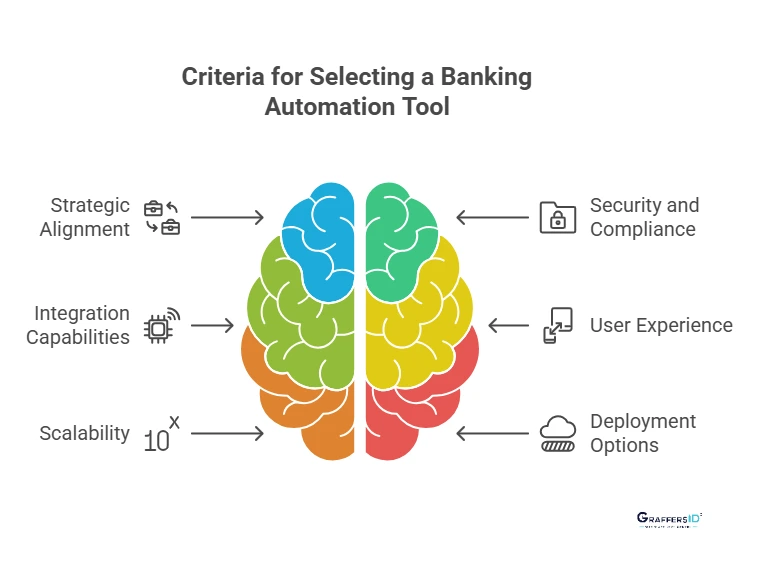
- Strategic Alignment: Ensure a clear, intentional link between technology spending and overall business strategy.
- Security and Compliance: Verify that tools comply with banking regulatory standards like GDPR and SOC 2.
- Integration Capabilities: Confirm compatibility with existing banking systems.
- User Experience: Prioritize intuitive interfaces that require minimal technical expertise.
- Scalability: Assess whether the solution can handle growing workloads and expand with your institution.
- Deployment Options: Consider whether cloud-based or on-premises hosting better suits your security needs.
Conclusion
Banks that adopt automation wisely can gain a clear competitive edge in speed, accuracy, and innovation. Choosing the right financial automation software depends on your institution’s specific needs and goals.
Smart automation tool assessment against your strategic objectives will identify solutions that deliver meaningful operational improvements while enhancing customer experiences.
At GraffersID, we help enterprises, startups, and tech leaders build custom AI solutions, AI copilots, and automation workflows powered by the latest LLMs.
Hire AI Developers from GraffersID today and stay ahead of the competition.
